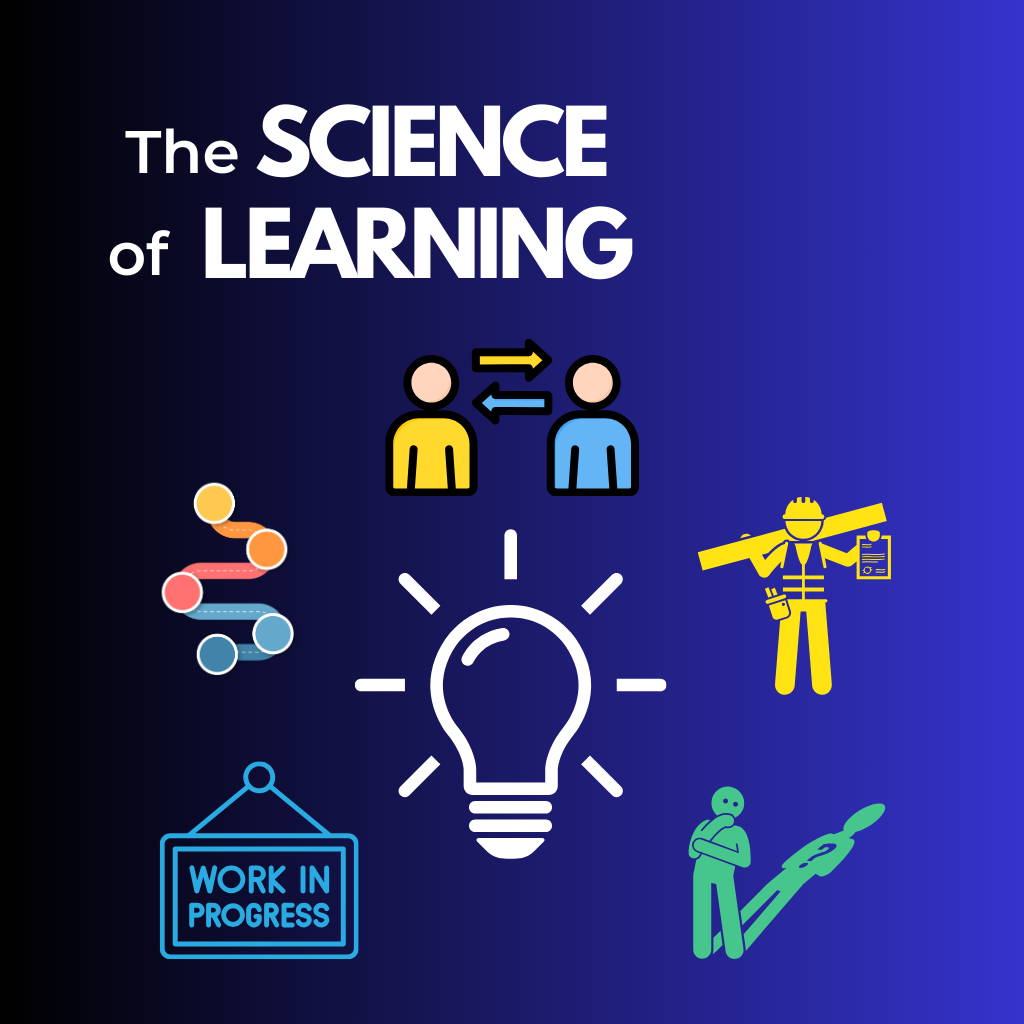The process of onboarding new employees is a critical step in ensuring their smooth integration into an organization. Traditionally, onboarding has involved face-to-face training sessions and extensive paperwork. However, with the advancements in technology, eLearning has emerged as a powerful tool for delivering onboarding training. In this blog post, we will explore the benefits of using eLearning for onboarding and how it can enhance the effectiveness of training programs.
Flexibility and Accessibility
One of the primary advantages of eLearning for onboarding training is the flexibility it offers. With eLearning, employees can access training materials from anywhere and at any time. This is particularly beneficial for organizations with geographically dispersed teams or remote employees. “The widespread use of smartphones and tablet devices. elearning allows learners to view courses anytime, anywhere, at any time, as long as the administrator uses a learning management system (LMS) to deliver the courses” (5 Benefits of Elearning in Employee Onboarding, 2023). Whether they are in the office, working from home, or traveling, new hires can conveniently access the onboarding content and progress at their own pace. This flexibility allows for a personalized learning experience, accommodating different learning styles and preferences.
Cost-Effectiveness
Implementing an eLearning platform for onboarding training can significantly reduce costs associated with traditional training methods. “There is likely a one-time production cost, but after that, the onboarding process is likely scalable and repeatable” (Brehm, 2022). Traditional onboarding often requires dedicated trainers, printed materials, and administrative resources. With eLearning, organizations can create reusable digital content and deliver it to a large number of employees simultaneously. The cost savings associated with reduced travel expenses, printing, and physical resources make eLearning an attractive option for organizations of all sizes.
Engaging and Interactive Learning
eLearning platforms offer a variety of interactive features that can engage learners and enhance their retention of information. Incorporating multimedia elements such as videos, quizzes, simulations, and interactive scenarios can make the onboarding experience more enjoyable and memorable. Engaging content encourages active participation, boosts knowledge retention, and facilitates the application of new skills in real-life scenarios. “Information overload is real, causing attention fatigue, and leaves them unmotivated and tired” (Cabrera, 2020), by leveraging these interactive features, eLearning can transform onboarding from a passive experience to an engaging and dynamic learning journey.
Progress Tracking and Analytics
Another significant advantage of eLearning for onboarding is the ability to track learners’ progress and collect data analytics. eLearning platforms can provide real-time insights into learners’ performance, completion rates, and assessment scores. “Managers can check each trainee’s progress record, and give some feedback to them depending on their scores” (5 Benefits of Elearning in Employee Onboarding, 2023). This data allows organizations to identify areas where learners may be struggling and provide additional support or targeted interventions. Moreover, analytics can help organizations evaluate the effectiveness of their onboarding programs, identify areas for improvement, and optimize training content to enhance future onboarding experiences.
Incorporating eLearning into onboarding training can revolutionize the way organizations welcome and integrate new employees. The flexibility, cost-effectiveness, consistency, and engaging nature of eLearning make it a powerful tool for delivering effective onboarding programs. By embracing eLearning, organizations can provide personalized and accessible training experiences, while also streamlining processes and improving the overall onboarding experience. As technology continues to advance, leveraging eLearning for onboarding training will become an essential strategy for organizations seeking to maximize productivity, employee engagement, and long-term success.
References:
5 Benefits of Elearning in Employee Onboarding. (2022, November 30). learningBOX. Retrieved July 10, 2023, from https://learningbox.online/en/2022/11/30/blog-new-employee-training-e-learning/
Cabrera, A. (2020, July 14). All Aboard: Why You Should Use E-Learning for Onboarding. People Dynamics, Inc. https://peopledynamics.co/use-e-learning-for-onboarding/
Brehm. (2022, April 25). Best Practices for Remote Onboarding Employees with eLearning. Allegromediadesign.com. Retrieved July 10, 2023, from https://www.allegromediadesign.com/blog/best-practices-for-remote-onboarding-employees-with-elearning





